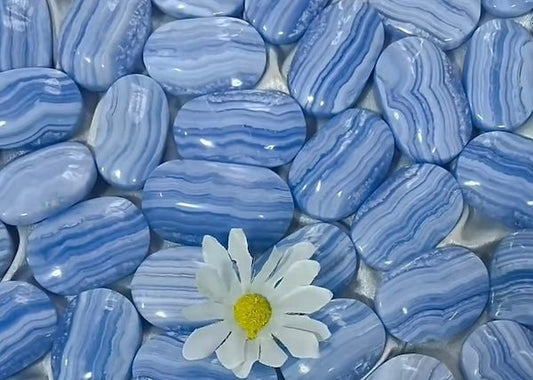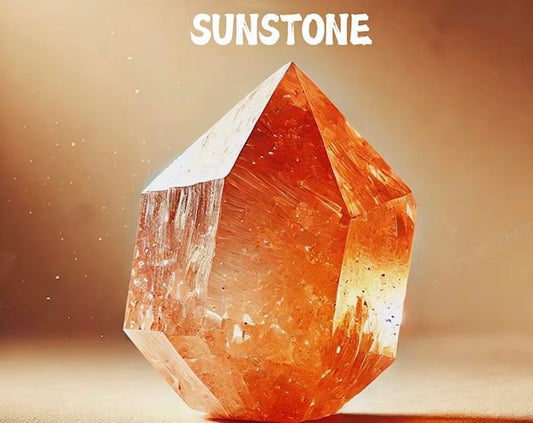What Does Fake Amethyst Look Like? 10+ Ways to Spot Counterfeit Gems
By Elara QuinnInside this Article:
- Understanding Real Amethyst – Key Characteristics
- How To Tell Fake Amethyst? 6 Visual Red Flags
- Unnatural, Uniform Color
- Bubbles or Cloudiness
- Overly Saturated or Unusual Colors
- Perfect Clarity
- Plastic or Resin-Like Texture
- Misleading Names
- Physical Tests to Confirm Fake Amethyst
- Advanced Detection – Tools & Professional Help
- Common Types of Fake Amethyst
- Buying Tips to Avoid Fake Amethyst
- FAQs About Fake Amethyst
- Final Thoughts: Trust Your Instincts and Tools
What Does Fake Amethyst Look Like?
Understanding Real Amethyst – Key Characteristics
- Before spotting fakes, know what genuine amethyst looks like:
- Color: Ranges from pale lavender to deep violet, often with color zoning (bands of white, blue, or reddish undertones).
- Clarity: Eye-clean (no visible flaws) but may contain natural inclusions like “rain” or thread-like formations.
- Hardness: Scores 7 on the Mohs scale—scratch-resistant to materials like glass or steel.
- Origin: Major sources include Brazil, Zambia, and Uruguay.
How To Tell Fake Amethyst? 6 Visual Red Flags
Unnatural, Uniform Color
- Real amethyst shows subtle color variations and zoning.
- Fake amethyst may appear too perfect—solid purple without gradients. Dyed glass or synthetic quartz often lacks natural banding.
Bubbles or Cloudiness
- Glass imitations trap tiny air bubbles (use a jeweler’s loupe to spot these).
- Real amethyst has inclusions but no bubbles.
Overly Saturated or Unusual Colors
- Bright neon purple or pinkish tones suggest dyeing.
- Dyed quartz may show pigment pooling in cracks.
Perfect Clarity
- While high-grade amethyst is eye-clean, too flawless stones (especially at low prices) are suspicious.
- Lab-grown synthetics (e.g., “Siberian” or “Lab-Amethyst”) mimic perfection but lack natural inclusions.
Plastic or Resin-Like Texture
- Cheap fakes made from plastic/resin feel lightweight and warm to the touch.
- Genuine amethyst feels cool and has substantial weight.
Misleading Names
- Beware of exotic labels like “Desert Amethyst” or “Bengal Amethyst”—these are marketing ploys for dyed glass.
Physical Tests to Confirm Fake Amethyst
The Scratch Test
Mohs Hardness: Use a steel blade (5.5) or quartz (7).
Result: Real amethyst won’t scratch; glass/plastic will.
Specific Gravity Test
Tools Needed: Scale, water, and a measuring cup.
Method: Calculate density (real amethyst: ~2.65 g/cm³). Counterfeits like glass (~2.4) or plastic (<1.5) will differ.
Thermal Conductivity
Real amethyst stays cool longer; plastic warms quickly in your hand.
UV Light Test
Natural amethyst may show weak greenish fluorescence under UV light.
Hot Needle Test
Heat the tip of the needle with a lighter or candle until it turns red, then gently touch an inconspicuous part of the stone (e.g. the back or bottom).
Result:If it is a natural amethyst, there will be no reaction, melting or odor. If it is a plastic/resin imitation, it will release a pungent chemical odor and may melt or distort the surface.
Caution: This test may cause slight damage to the stone and should be performed with caution.
Sound test
Tap the gemstone gently with a metal rod (e.g. spoon) and listen to the sound it makes.
Result:Natural amethyst has a clear and long sound, similar to the sound of metal clashing. In the case of glass imitations, the sound is dull and short, similar to a “clicking” sound.If it is a plastic imitation, the sound is almost silent or low.
Note: This method is applicable to unset loose stones or bracelet beads.
Advanced Detection – Tools & Professional Help
- Jeweler’s Loupe (10x magnification): Inspect for bubbles, dye traces, or synthetic growth patterns.
- Refractometer: Measures refractive index (real amethyst: 1.544–1.553).
- Gemologist Certification: Always request an IGI or GIA report for high-value purchases.
Common Types of Fake Amethyst
- Dyed Quartz: White quartz injected with purple dye.
- Glass Imitations: Molded into faceted shapes but lack durability.
- Synthetic Amethyst: Lab-grown quartz with identical properties but sold without disclosure.
- Plastic/Resin: Lightweight and used in cheap jewelry.
Buying Tips to Avoid Fake Amethyst
- Reputable Sellers: Buy from certified dealers
- Ask for Origin: Ethical sellers disclose mining sources (e.g., Brazilian vs. Zambian).
FAQs About Fake Amethyst
Q: Can fake amethyst have inclusions?
A: Yes—dyed quartz may show cracks filled with pigment.
Q: Does synthetic amethyst count as fake?
A: It’s “real” quartz but ethically should be labeled as lab-created.
Q: Can I test amethyst at home?
A: Yes! Use the scratch, UV, or water displacement tests.
Final Thoughts: Trust Your Instincts and Tools
Knowing what does fake amethyst look like empowers you to make informed purchases. Combine visual checks with simple tests, and when in doubt, consult a gemologist. Genuine amethyst isn’t just a gem—it’s a piece of Earth’s magic.



